What are beneficial nematodes? Plus how to use these microscopic organisms to combat common garden pests
Suitable for organic gardening and safe to use – beneficial nematodes are small but powerful

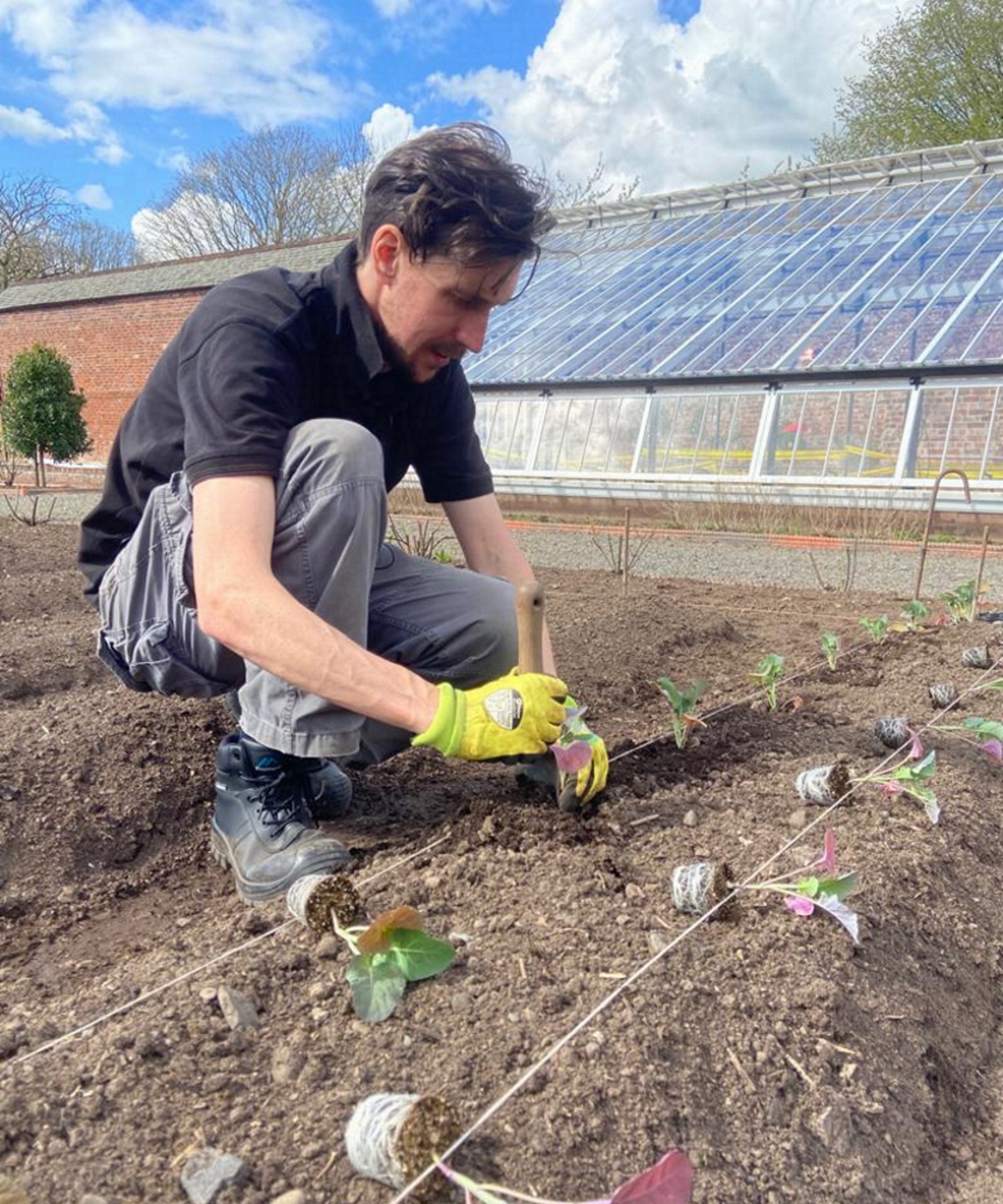
As gardeners, we face a huge list of pests, and we need every helping hand we can get to win the battle. Applying beneficial nematodes is a very simple, organic way to combat many common garden pests.
These microscopic organisms are small, yet mighty, and have proven efficient as a means of pest control for decades. Beneficial nematodes are becoming increasingly popular as gardeners and growers worldwide now utilize these natural hunters.
Anyone looking for new natural pest control methods can benefit from applying beneficial nematodes - and they are safe to use around humans, pets, and plants. If these organisms are new to you, we delve deep into what are beneficial nematodes, their benefits, and best practices for applying them in your garden.
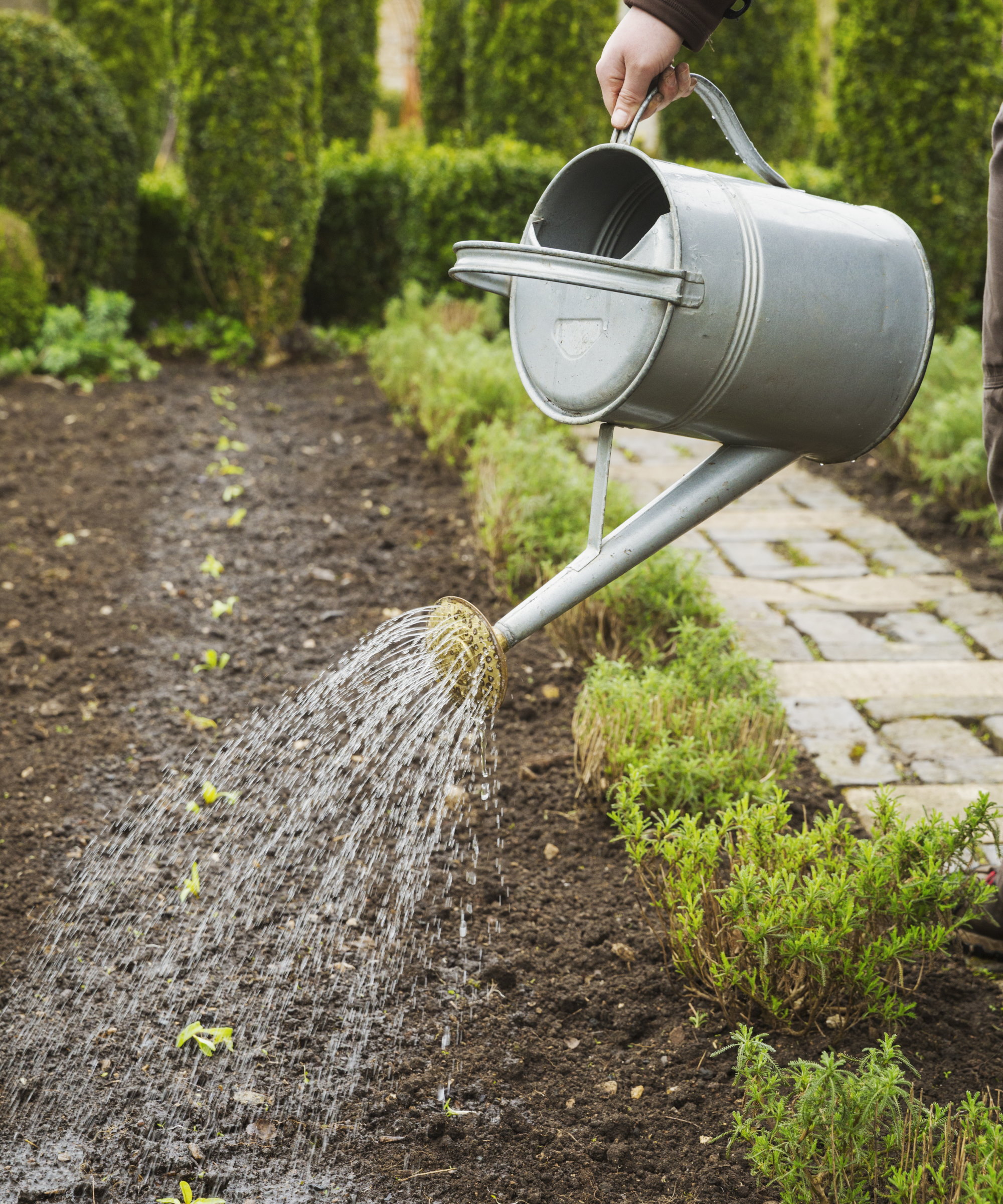
Beneficial nematodes are mixed with water and added to the soil
A guide to using beneficial nematodes in the garden
I have applied beneficial nematodes to deal with different pests, both professionally as a gardener and at home. I always found them easy to apply and successful at doing what they were intended for.
To help explain more, I also spoke to an expert on beneficial nematodes to help you understand how to use them efficiently.
What are beneficial nematodes?
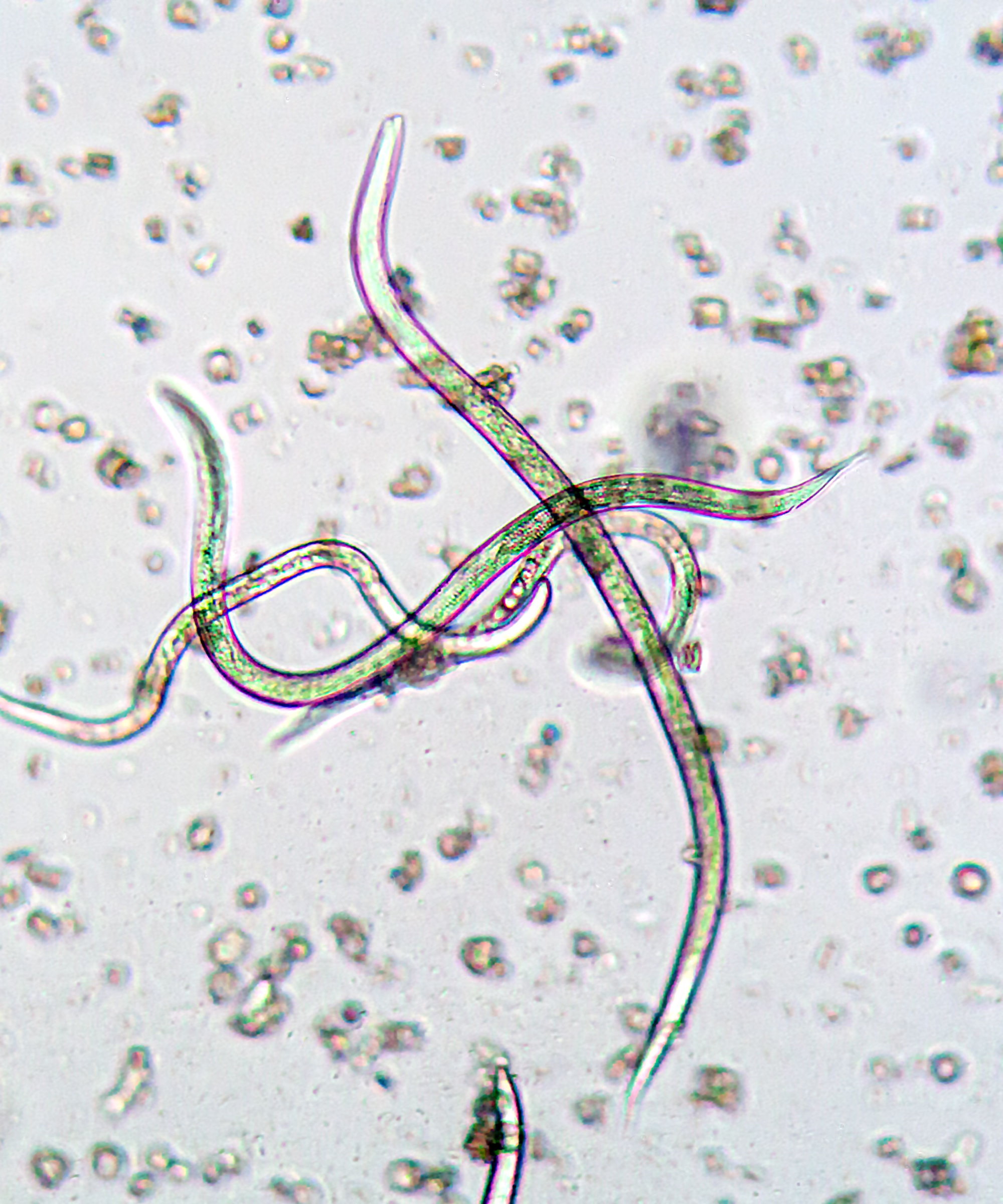
Nematodes are microscopic organisms found in the soil
Nematodes are microscopic, colourless worms that are found living within the soil and they feed on soil-borne insects and pests. Too small to see with the naked eye, nematodes are parasitic organisms that quickly go through an egg, larva, and adult life cycle - continuing to do so while eating the host insect.
There are thousands of species of nematodes and different types are of interest to gardeners - both good and bad depending on what they feed on. Root-knot nematodes are the bad ones and can damage plants, while beneficial nematodes offer an effective way to combat and eliminate pests and insects in the soil.
Beneficial nematodes are safe to use and won’t harm you, children, pets, or plants. They can quickly impact pest populations in the garden while being compatible with organic gardening methods.
How do beneficial nematodes work?
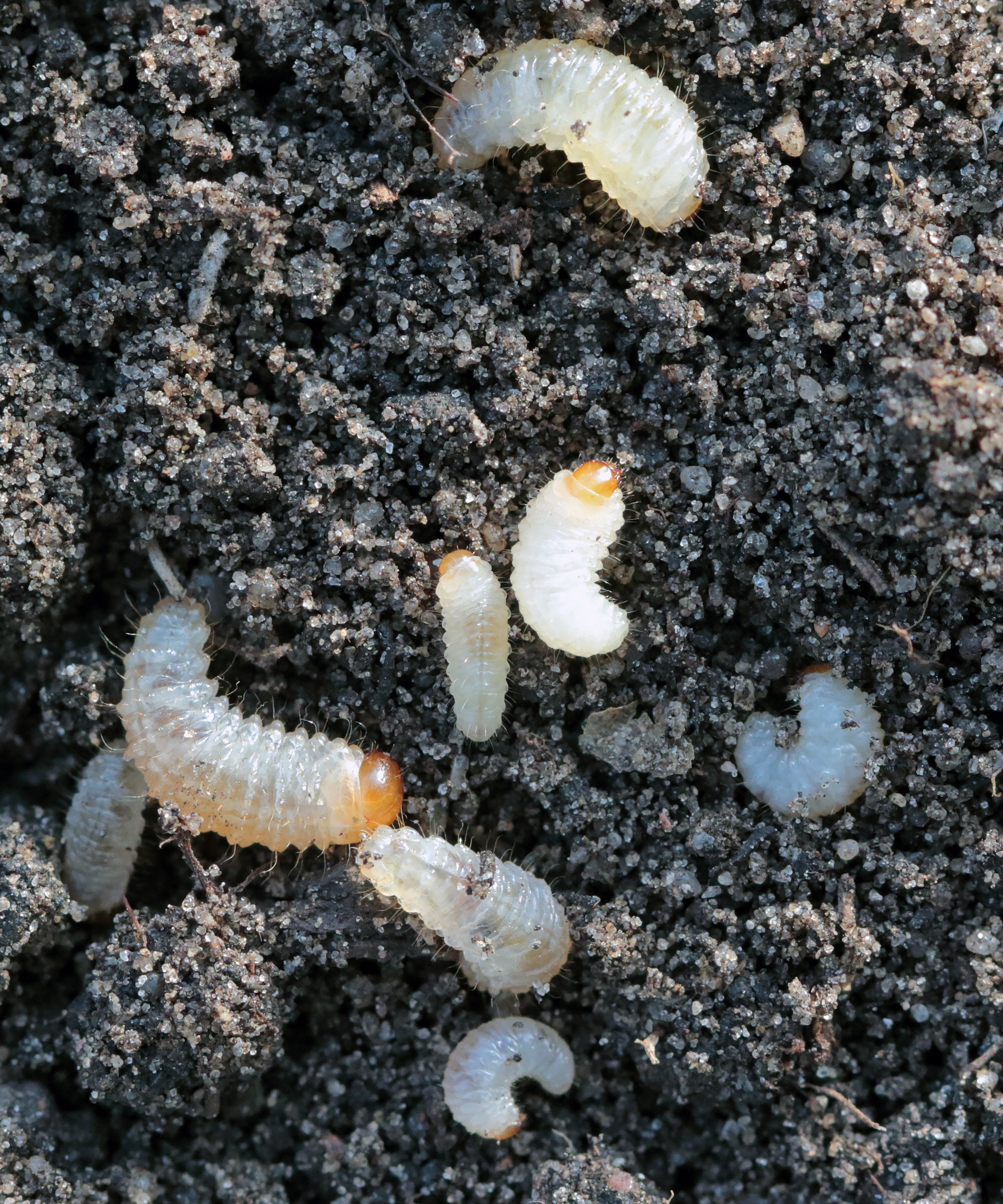
Beneficial nematodes kill lots of garden pests, including grubs
The different species of nematodes target a specific pest and start their life cycle once they are added to the soil. It is during the larval stage of their life cycle that the beneficial nematodes hunt and infect their host pests.
‘Once introduced into the soil, the nematodes actively seek out their prey, releasing a harmful bacterium into them,’ explains Matt Martin from Nemasys, a manufacturer of beneficial nematodes.
‘Following this, the nematodes go on to reproduce inside the prey, increasing their numbers to continue controlling garden pests. As the pest population declines, so too do the nematodes.’
The host insect is killed within 24-48 of being infected and the overall results of applying beneficial nematodes can be seen within a week of adding them to the soil.
So what pests will beneficial nematodes kill? The list of pests they can combat is exhaustive, but common garden pests they can be used against include:
- caterpillars
- cutworms
- fungus gnats
- flea beetles
- Japanese beetles
- cucumber beetles
- lawn grubs
- leatherjackets
- vine weevils
- slugs
- squash vine borers
- and many more
How to apply beneficial nematodes
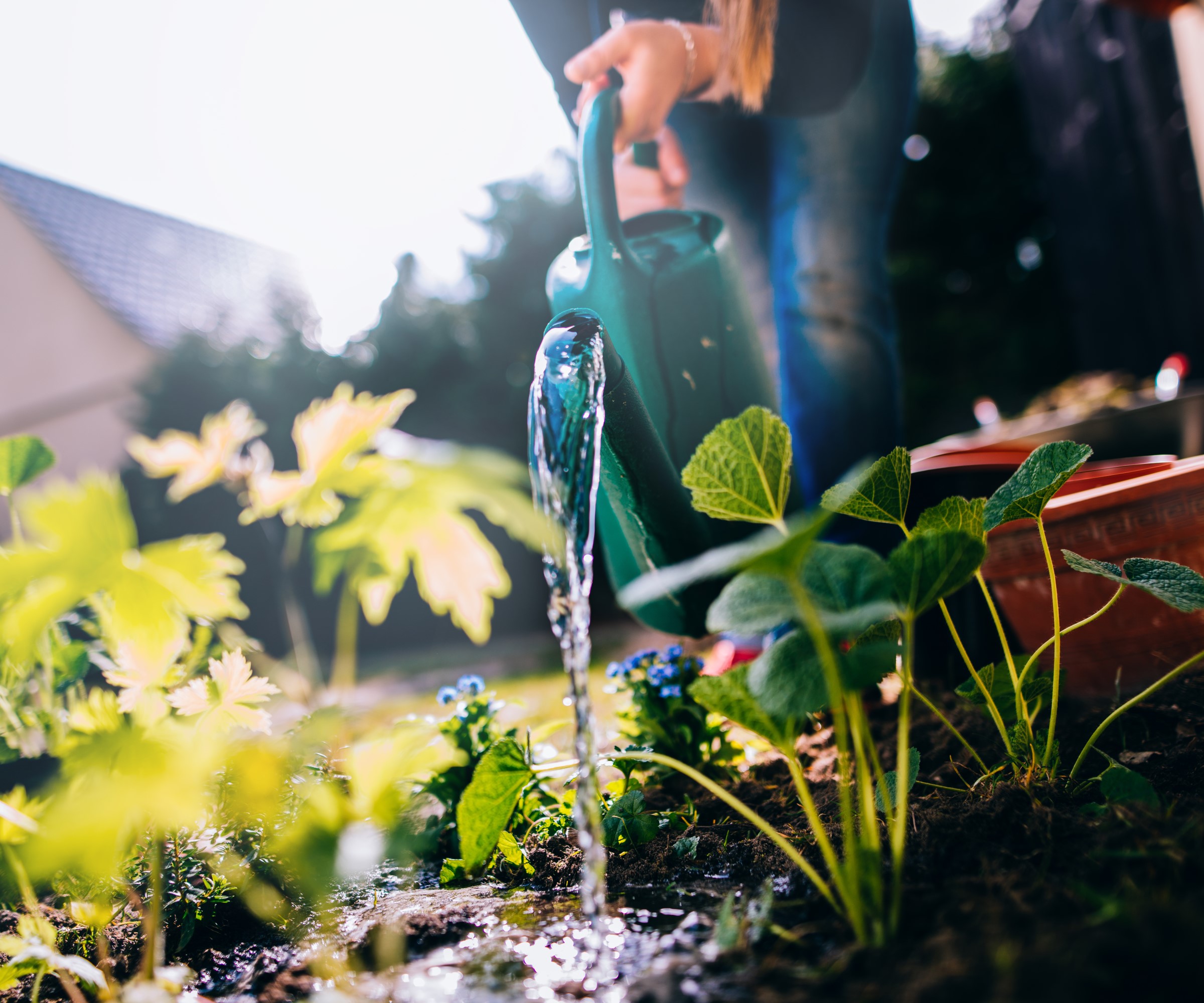
Beneficial nematodes can be mixed in a watering can
Beneficial nematodes are dormant in their packaging and become active when mixed with water. They have a relatively short lifespan and need to be used as soon as possible, but can be kept viable for a few weeks when kept in a refrigerator at low temperatures to keep them dormant.
They can be applied throughout the year, providing the conditions are right. ‘As long as the soil is above 5°C (41°F) and there is no risk of reoccurring frost and ice, nematodes can be applied,’ says Matt Martin.
‘The nematodes can survive the odd freeze, but it’s best not to apply them too early in the growing season and wait until the spring has fully settled in.’
The ideal time of year to apply beneficial nematodes comes in spring and fall, especially in warmer US hardiness zones, as nematodes won’t survive temperatures of 95°F or above. Any application is best done in the lower sun and UV levels in the mornings and evenings.
Beneficial nematodes become active when mixed with water. They can be mixed in a can and applied when you water plants for smaller areas, or applied with a hose-end sprayer, available at Amazon, to apply to larger spaces, and keeping the soil moist helps them to seek out hosts.
‘Watering the treated area frequently for up to two weeks after treatment can also benefit the application, giving the soil enough moisture for the nematodes to move freely and continue its hunt,’ adds Matt Martin.
When required, a second application of beneficial nematodes can be done 1-2 weeks later to keep the popular thriving and eradicate any remaining pests in the soil.
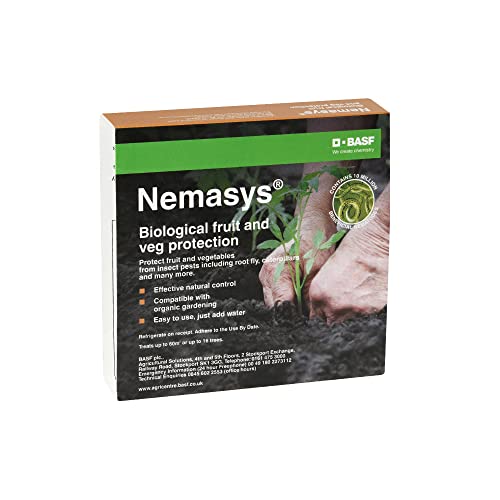
A mix of different beneficial nematodes to use around fruit and vegetable crops. This mix protects from many pests, including carrot root flies, cutworms, thrips, codling moths, cabbage root flies, and gooseberry sawflies.
FAQs
How long does it take for beneficial nematodes to work?
Beneficial nematodes work quickly once applied to the soil. Matt Martin from Nemasys claims: ‘You can expect to see the results of nematode applications in around two to seven days, but the maximum effect occurs around two weeks after applying.’
What is the lifespan of beneficial nematodes?
Once applied to the soil, beneficial nematodes have a lifespan of a few weeks. Matt Martin from Nemasys says they are effective for ‘up to six weeks or until the pest infestation is managed’. He adds: ‘Afterward, their numbers naturally decrease to background levels in the soil.’
Another natural pest control method to consider is spreading diatomaceous earth around plants. It is a naturally occurring powdery substance that causes pests to dry out and dehydrate and can be used to eliminate many common garden pests, including slugs, snails, aphids, roaches, and mites.
Sign up to the Homes & Gardens newsletter
Design expertise in your inbox – from inspiring decorating ideas and beautiful celebrity homes to practical gardening advice and shopping round-ups.

Drew’s passion for gardening started with growing vegetables and salad in raised beds in a small urban terrace garden. He has worked as a professional gardener in historic gardens and specialises in growing vegetables, fruit, herbs, and cut flowers as a kitchen gardener. That passion for growing extends to being an allotmenteer, garden blogger, and producing how-to gardening guides for websites. Drew was shortlisted for the New Talent of the Year award at the 2023 Garden Media Guild Awards.
You must confirm your public display name before commenting
Please logout and then login again, you will then be prompted to enter your display name.
-
 The rumours are true, the NYC trend for fringes and trimmings is actually happening – they are the secret weapon for making a room look expensive
The rumours are true, the NYC trend for fringes and trimmings is actually happening – they are the secret weapon for making a room look expensiveA trim or a ruffle is the finishing touch that can take a scheme from ordinary to the extraordinary in an instant
By Jennifer Ebert Published
-
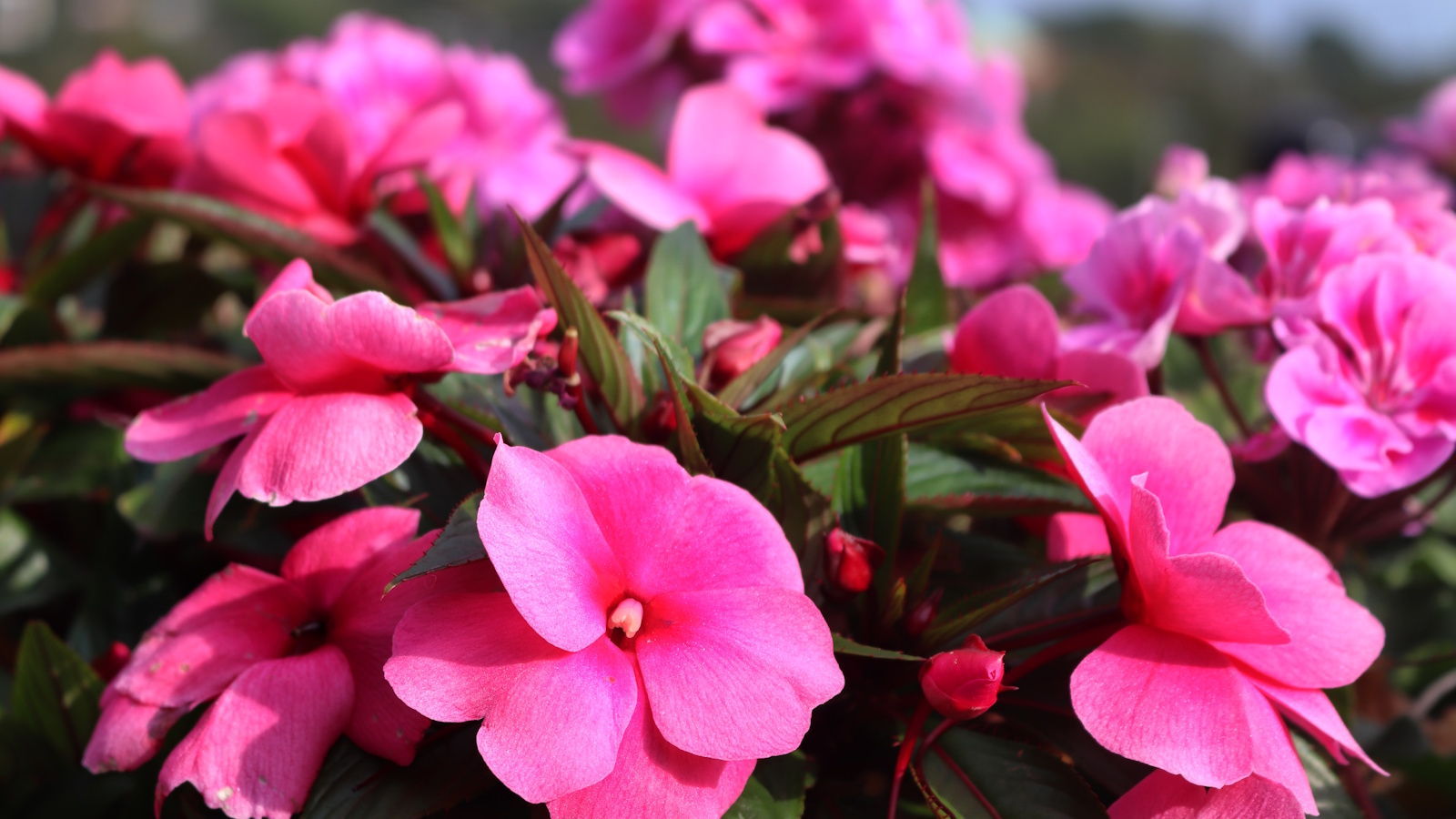 How to grow impatiens – garden experts reveal the secrets to growing this shade-tolerant, sparkling summer plant
How to grow impatiens – garden experts reveal the secrets to growing this shade-tolerant, sparkling summer plantBoth 'Busy Lizzie' and 'New Guinea' impatiens can thrive in shady yards
By Ellen Wells Published
-
 I just discovered the best non-toxic product for getting rid of ants in your yard – and you probably already have it in your bathroom cupboard
I just discovered the best non-toxic product for getting rid of ants in your yard – and you probably already have it in your bathroom cupboardThis household item is an effective ant deterrent that doesn't leach harmful chemicals into your soil
By Tenielle Jordison Published
-
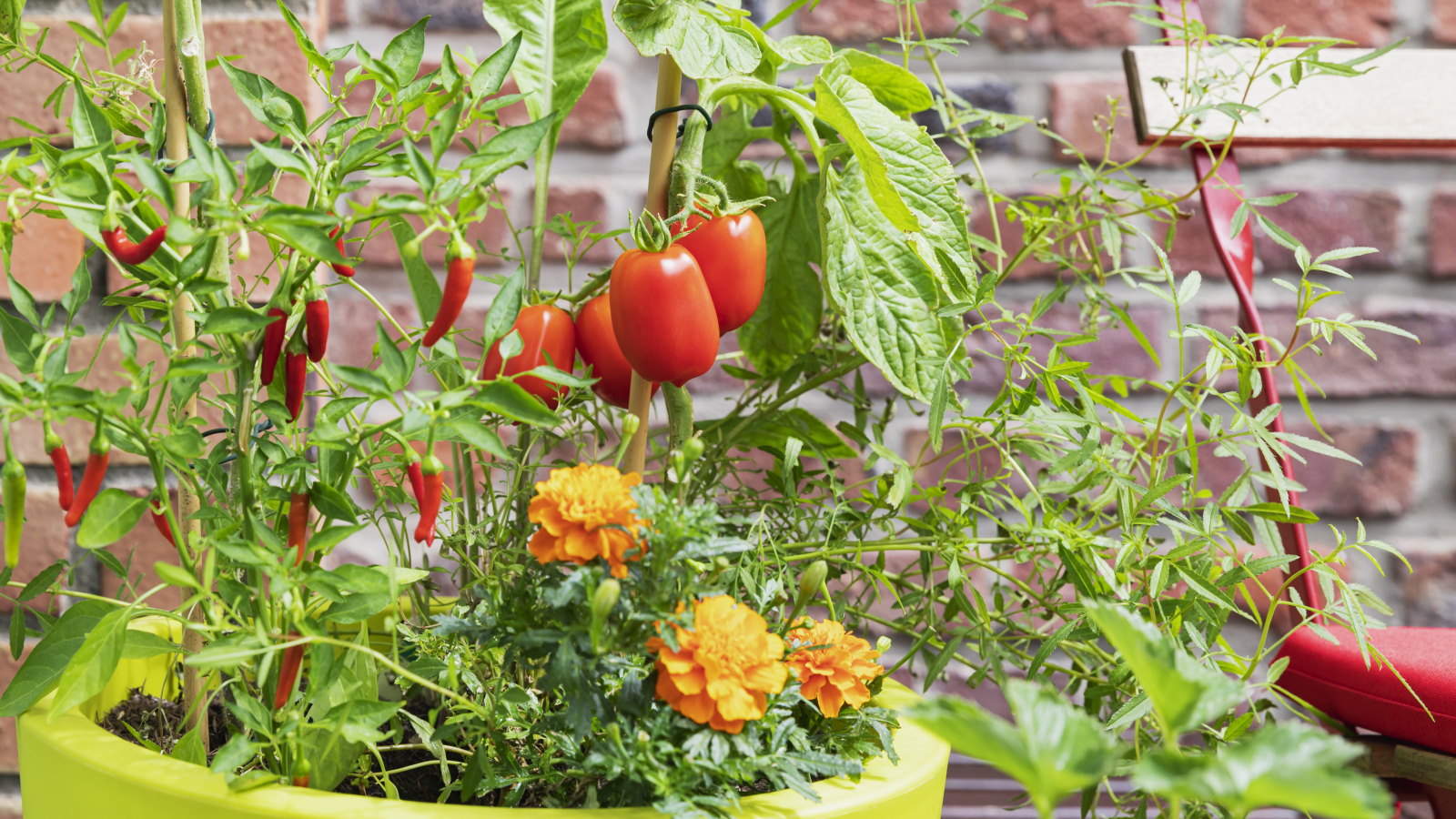 You'll get the best homegrown tomato crops if you plant them next to this one flower – discover why these two are a dream combination
You'll get the best homegrown tomato crops if you plant them next to this one flower – discover why these two are a dream combinationYour tomato plants will be pest-free and covered in fruits
By Drew Swainston Published
-
 What are lawn shrimp – and 4 ways to combat them as recommended by pest control experts
What are lawn shrimp – and 4 ways to combat them as recommended by pest control expertsThe tiny critters can be a major inconvenience in a garden, plus they can also make their way into homes
By Drew Swainston Published
-
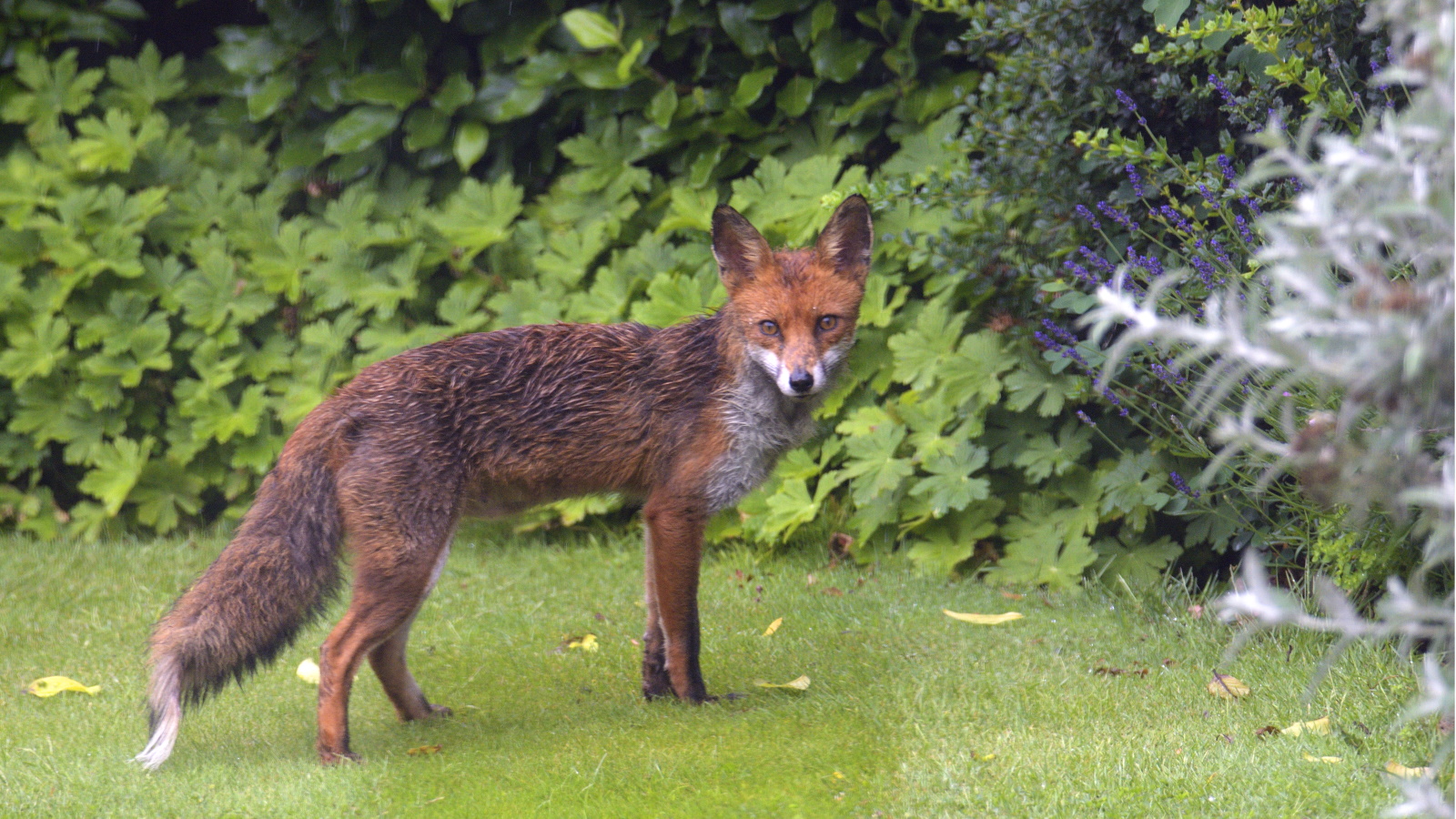 How to stop foxes digging up bulbs – 5 methods to protect your blooms for spring
How to stop foxes digging up bulbs – 5 methods to protect your blooms for springKeep your plants safe from the curious creatures that could ruin your display
By Tenielle Jordison Published
-
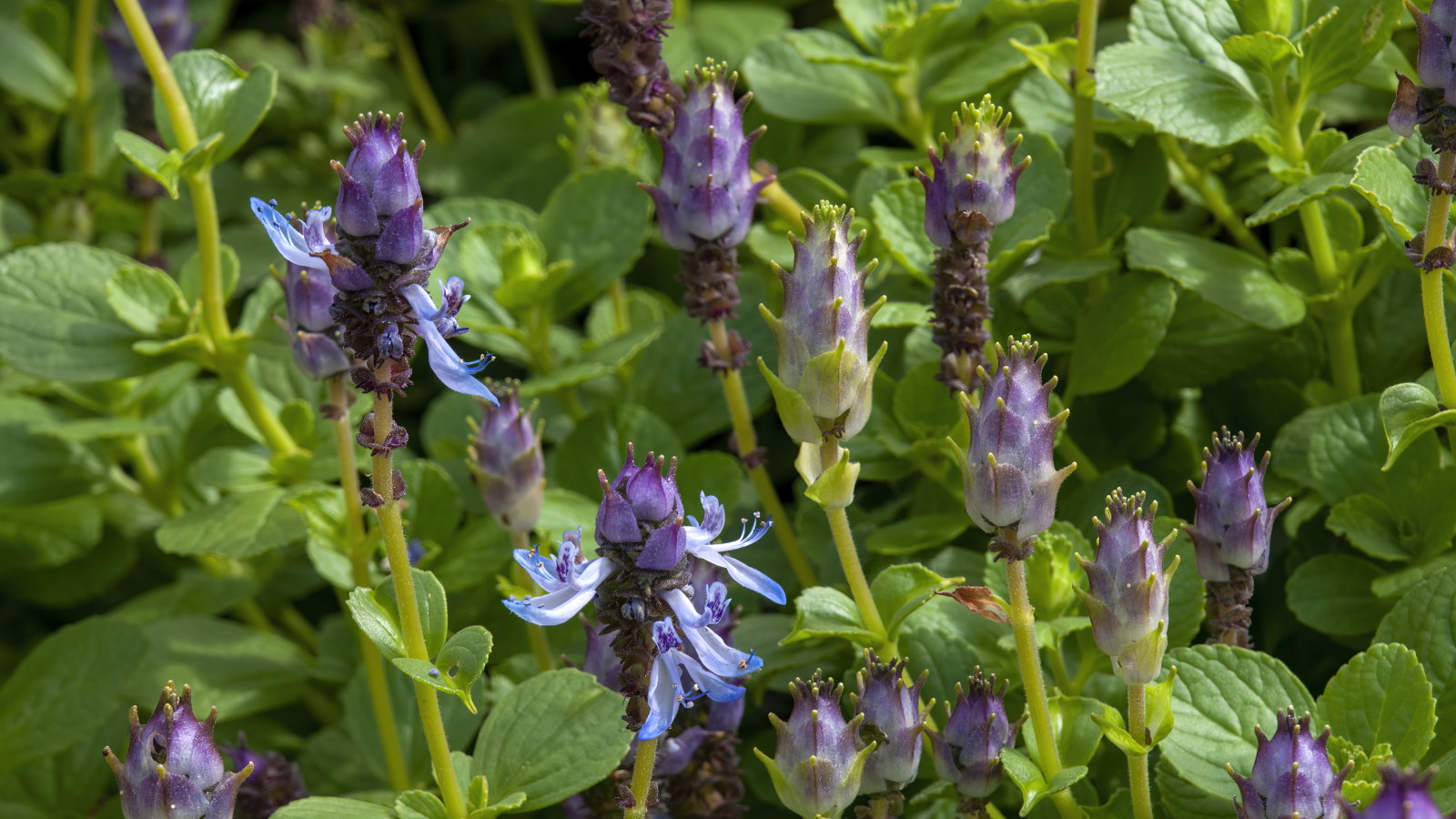 We've just found the best natural pest control for your yard – meet the Coleus canina plant
We've just found the best natural pest control for your yard – meet the Coleus canina plantAlso known as the 'scaredy cat plant', this strong-smelling perennial is known to repel cats, rabbits, and other animals
By Drew Swainston Published
-
 Why are my citrus leaves curling? 5 reasons for warped foliage
Why are my citrus leaves curling? 5 reasons for warped foliageFruit tree experts discuss the causes and solutions for curling citrus leaves
By Drew Swainston Published
-
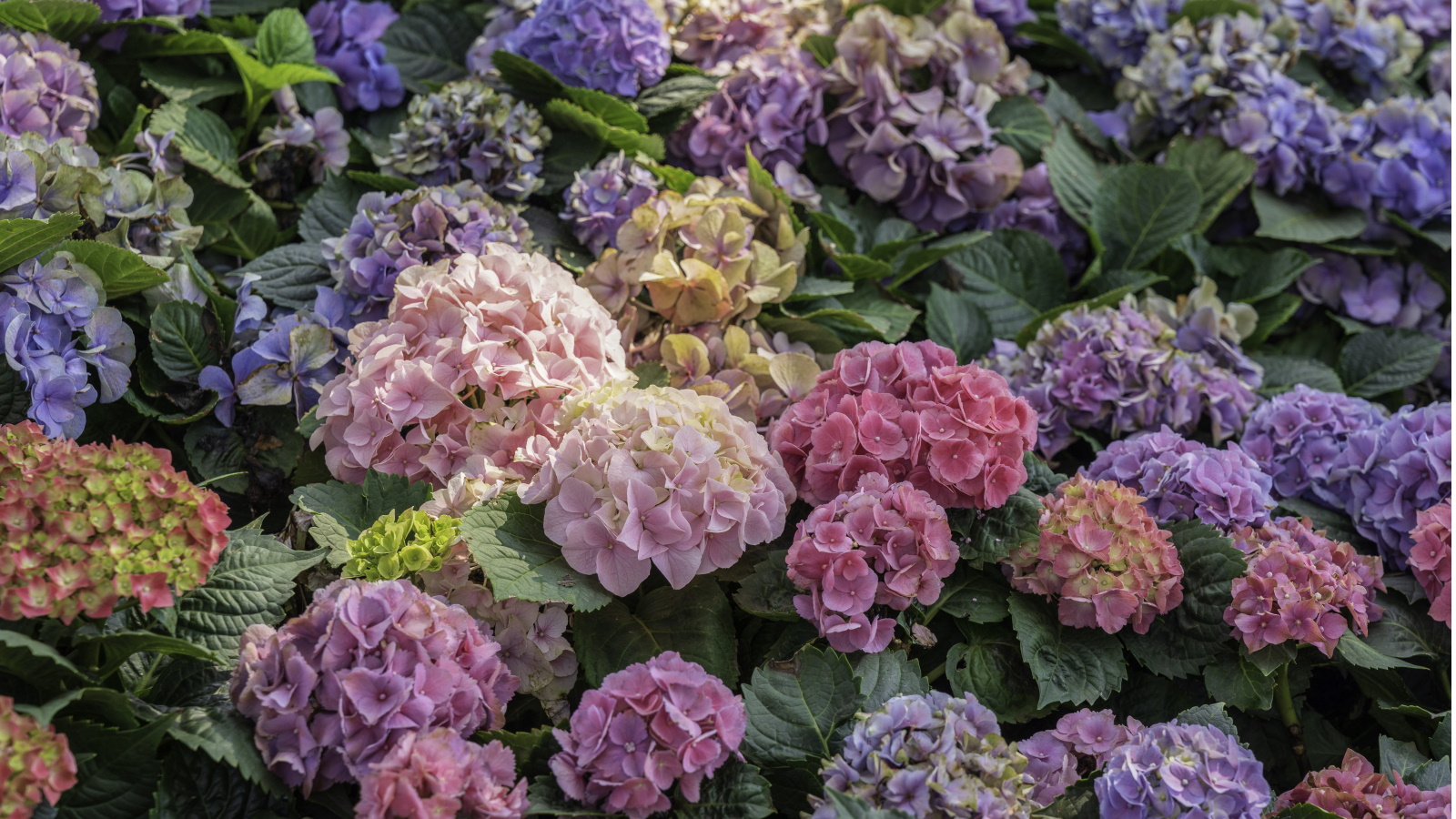 Deer munching on your hydrangeas? These 5 expert tips will protect your summer blooms from further damage
Deer munching on your hydrangeas? These 5 expert tips will protect your summer blooms from further damagePut precautionary measures in place now to keep your hydrangeas safe from hungry wildlife
By Tenielle Jordison Published
-
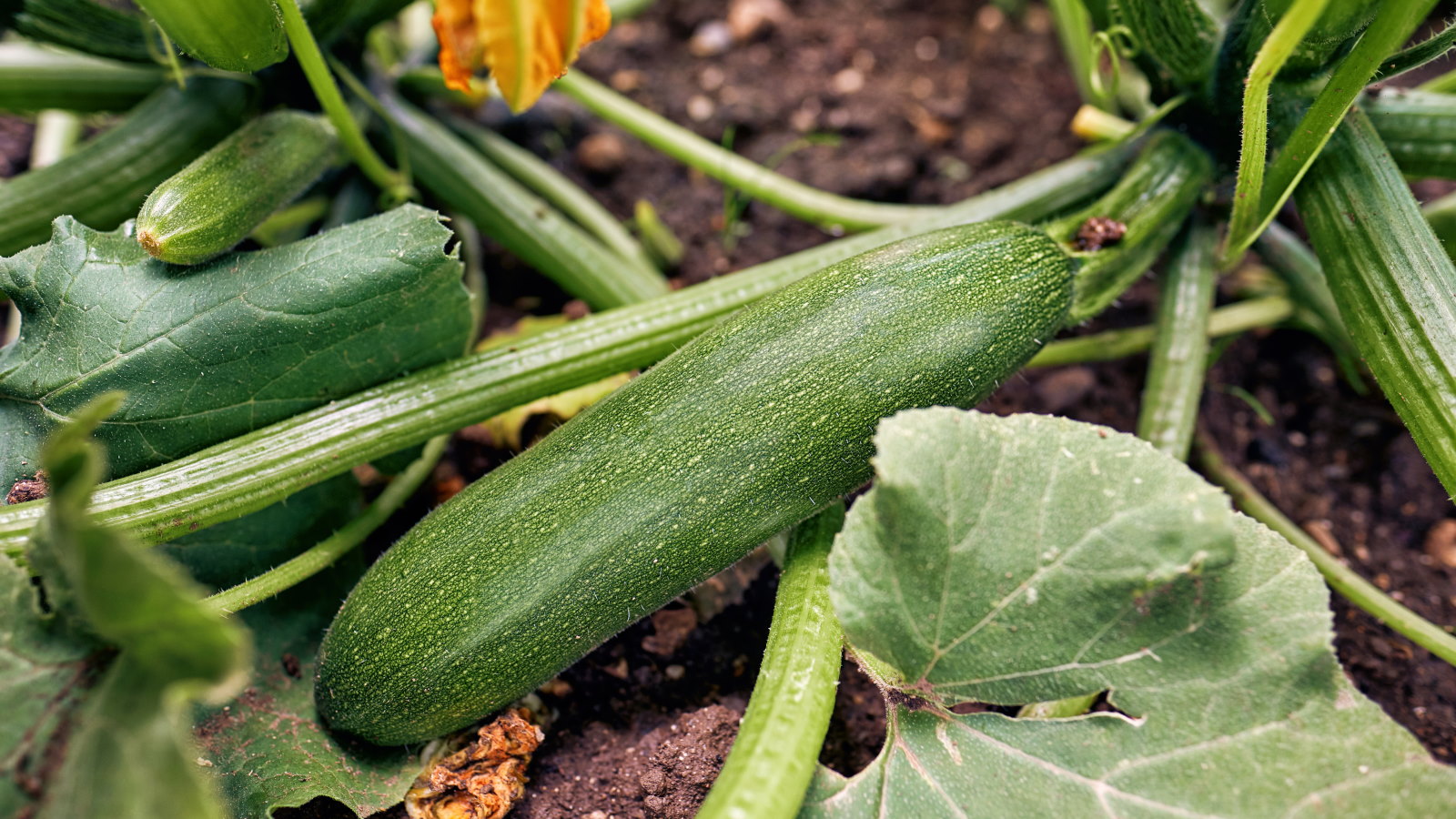 5 common zucchini pests – and expert-recommended ways to protect your plants
5 common zucchini pests – and expert-recommended ways to protect your plantsDon’t let zucchini pests ruin your crops – learn to spot their presence and combat them quickly and effectively
By Drew Swainston Published